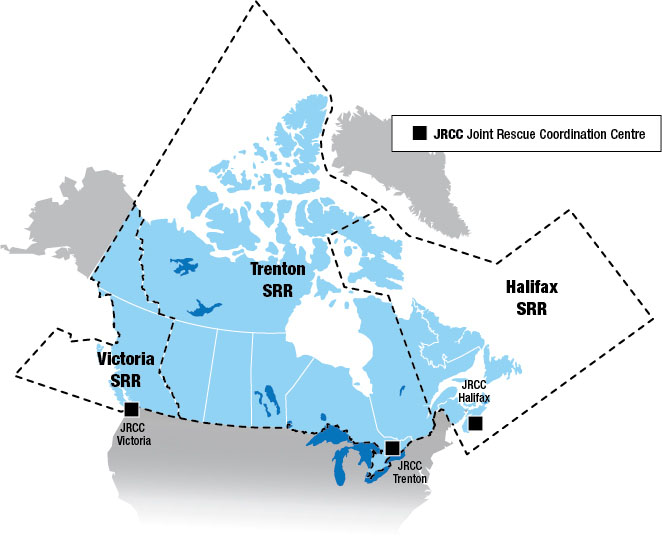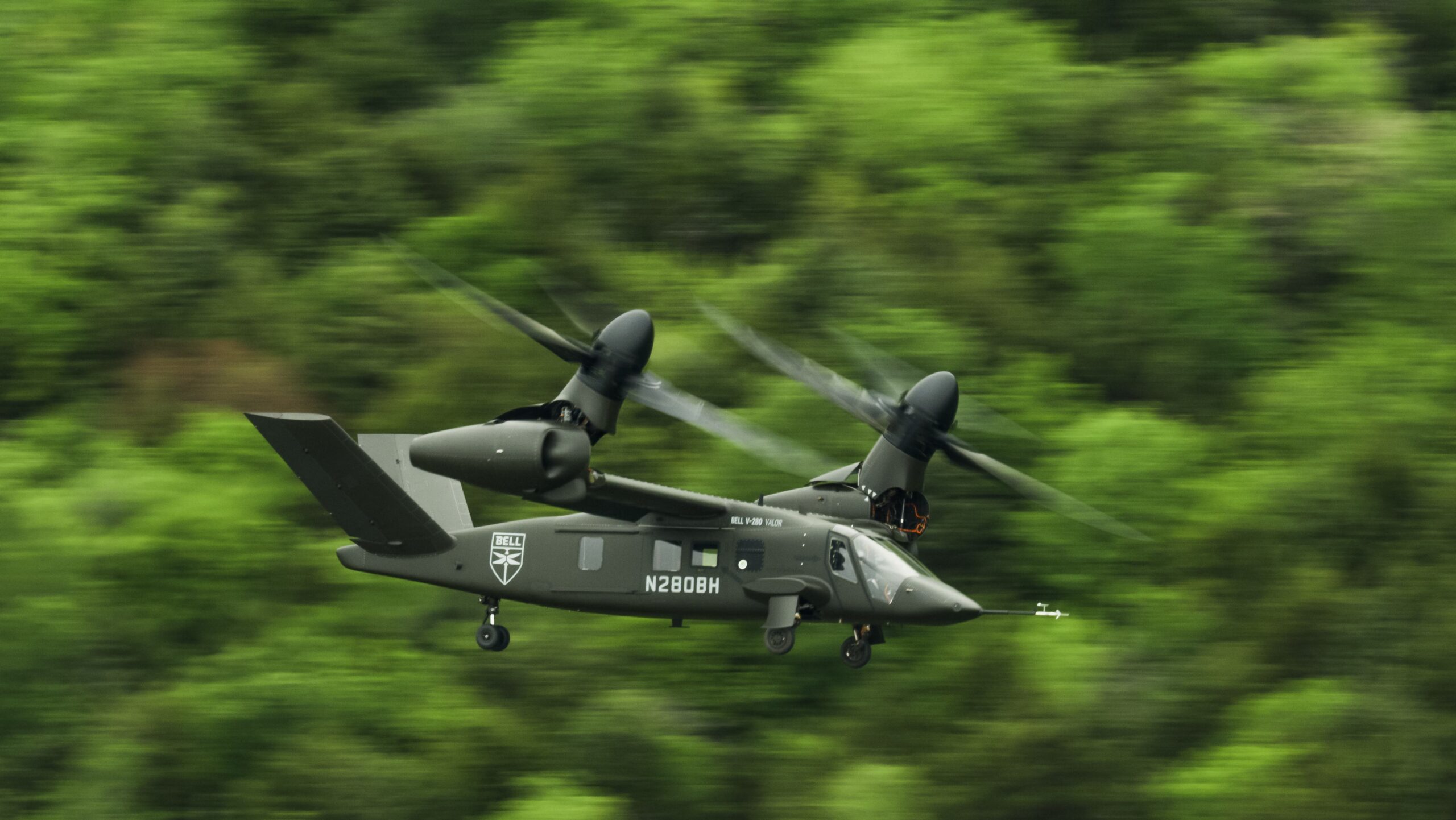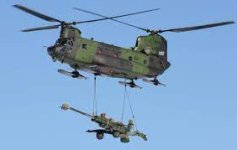- Reaction score
- 11,949
- Points
- 1,160
I'm sure someone will note that Artillery can't hold and take ground.
Right enough
That being said, the situation now with NATO is very different even than the Allies during WWII. It's not an American Army and British Army and a Canadian Army working together in cooperation for an overall operational plan. NATO is 31 (going on 32) countries supplying interlocking lego-bricks to build an integrated Army (or that is the objective at least).
But here we have 32 lego-bricks alive to their situation (could one say "woke"?) that are looking for help holding ground so that they don't have to take ground. Ukraine, working in the same environment, with the same seasonal constraints and taking the full force of Russia's capabilities, has demonstrated what they need to do to "Hold".
What they have also demonstrated is that they have the will power to defend. They even have the bodies to defend. What they don't have are the weapons .... and the ammunition.
Specifically they need to control their "Approaches" - air, sea and land. And they have the age old problem of continental countries of not being able to act pre-emptively outside their borders because that will immediately be perceived as an aggressive act which will provoke the very war they want to prevent.
Unlike Britannia's Kids they don't have the "Waves" as a playground where they can posture, cajole and generally buy time.
Even the utility of Air Forces are constrained, in peace time, and at risk of being heavily degraded in the early days of a war.
We should be able to assist with that ---
With capabilities being more complex (and expensive) and the size of Armies in general shrinking, those lego blocks are getting smaller and smaller. Ukraine is a perfect example. Supporting nations are not equipping entire Ukrainian Battalions or Brigades, they are supplying individual weapon systems. The same is true within NATO with the eFP Battle Groups (expanding to Brigades).
Take a look at eFP Latvia as an example:
View attachment 77400
I don't see any reason why Canada's contribution has to be specifically a "Heavy" Brigade Group. I do think politically there is a need to have troops in the direct line of fire in order to maintain Alliance cohesion but I also believe that as long as the scale of the contribution we provide shows an equal level of commitment (and military effect) as a Brigade Group then I seriously doubt our Allies would complain.
Agree
D&B's comment about Artillery is particularly appropriate
Especially for a gun-shy nation with the politicians we have.
Thinking about coastal borders - The old 3 mile and 12 mile borders were established by the technology of the day - specifically the range of the guns and they ability of eyeballs and telescopes to control them.
Maritime countries could supplement that coastal force with free-ranging observation posts, commonly described as frigates, to keep enemies at bay and give advance warning. Those frigates are now supplemented by submarines and aircraft.
Continental countries are denied all of those advance forces and early warning assets. They are thus heavily, if not fully, reliant on Ground Based forces.
Without moving their feet how far into the enemy's country can they see?
Without moving their feet how far into the enemy's country can they reach?
Without moving their feet how much punishment can they absorb?
On Day Minus 1 they need the technology to fully understand the enemy's intentions -
That is a dollars and cents thing that allies can assist with - by contributing dollars and cents to the locals, by contributing kit, by contributing deployed "Special Observers" (pace article posted by @FJAG) and by contributing national assets currently engaged in doing exactly the same task for domestic purposes.
Those ISR assets represent dollars that have are critical to our national interests as well as supplying a base for international engagement.
On Day Zero they need the technology to react to the enemy's actions -
That is a speed of reaction thing that is entirely reliant on what is available to the locals without moving their feet. They need to be able to knock out anything coming their way. And that means reaction forces, on alert, that can react in seconds. In a world of missiles minutes are too long and for a country like Latvia their entire war could be over in hours. Those reaction forces need to be missile based to give that reaction time.
The first priority has to be a well supplied, multi-level, mutually supporting Ground Based Air Defence System. And every system should have a Long Range capability to defend as far forward, into the enemy territory, as possible. So every Air Defence System should run the gamut of ManPADs, V-Shorads, Shorads, M-Rads and L-Rads and even Theatre. Moscow should know that Latvia has the ability to take out Russian aircraft over Moscow as soon as they point their noses towards Latvia. It is not good enough to just play Space Invaders with incoming Russian missiles and being able to knock them out of the sky. That capability needs to be addressed with radar guided guns in the 20 to 76mm range. But that can't be the focus.
Moscow, or Peking, also needs to know that Latvia, or Taiwan, or South Korea, or Japan, has the ability to launch their own Long Range Precision Fires deep into their enemy's territory to disrupt airfields, missile launch sites, command posts, logistics hubs and form up points.
Those are "the more the merrier" assets. Those are the type of assets that allies like Canada should be able to deploy in advance of Day Zero, putting a small number of Canadians on the line with the locals that will supply a very welcome capability without straining the locals supply lines. A Canadian Mechanized Brigade literally takes bread out of the mouths of Latvian senior citizens and children. The bread for both comes via the same supply chain. So a troop of gunners with lots of missiles on hand would be a more welcome and valuable contribution.
On Day 7 they need to fill the identified gaps.
My expectation is that one of those gaps is going to be air cover. The Ukrainians did wonders by dispersing their kit, especially their air command and logistics assets prior to the Russians engaging. That is in addition to the moving of their aircraft, rotary and fixed, from airfields to highways and parking lots.
My thinking is that by Day 7 the Latvians would be appreciative of a Fast Jet force from Canada, in extremis launching missions from inside Latvia but more ideally launching from more secure bases in Sweden and Poland, maybe even Germany. They might also appreciate a Rotary Wing Wing deploying to Latvia to replenish lost Rotary Wing assets and restore local rapid response mobility. I would also think they would appreciate a steady inflow of supplies by Air Transport from all points of the globe - some local, some distant, some carrying large loads, some small. And ISR assets will always be welcome
So forward deploying Air Assets is less critical than other forces. That gives our national command chain time conduct a couple of polls and consult with a couple of gurus to determine if saving Latvia is worth their jobs at the next election.
By Day 30 the issue will have been decided or it will have bogged down and there will a steady bleed of troops that needs to be replaced -
There we have the opening for Canadian Infantry.
By Day 365, if things are still bogged, now you will be looking at the need for Reserves.
Note that I haven't engaged the RCN.
They, and their Brethren of the Seas will continue doing what they do in peace time - keep the sea lanes open to get bread into the mouths of Latvian senior citizens and any deployed Canadians (not to mention missiles, bullets and spares).
With respect to "taking ground" - The least aggressive posture is one that leaves that capability in the hands of the locals for local counter-attacks. Foreigners bringing that capability into theater can only look as if they are there to cross borders.







